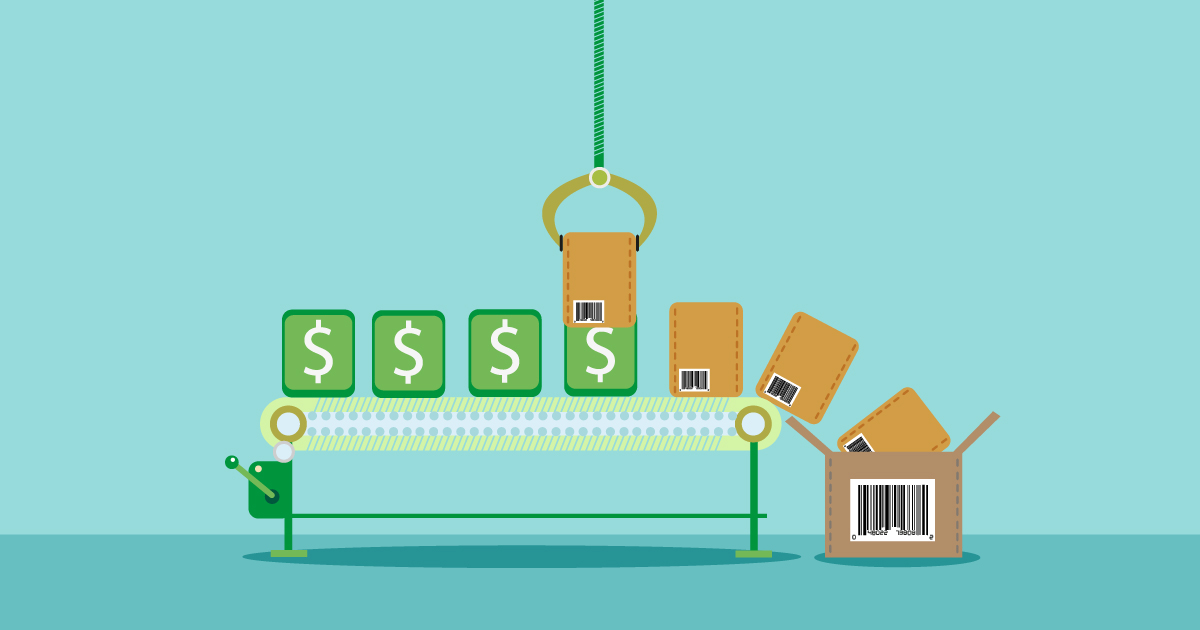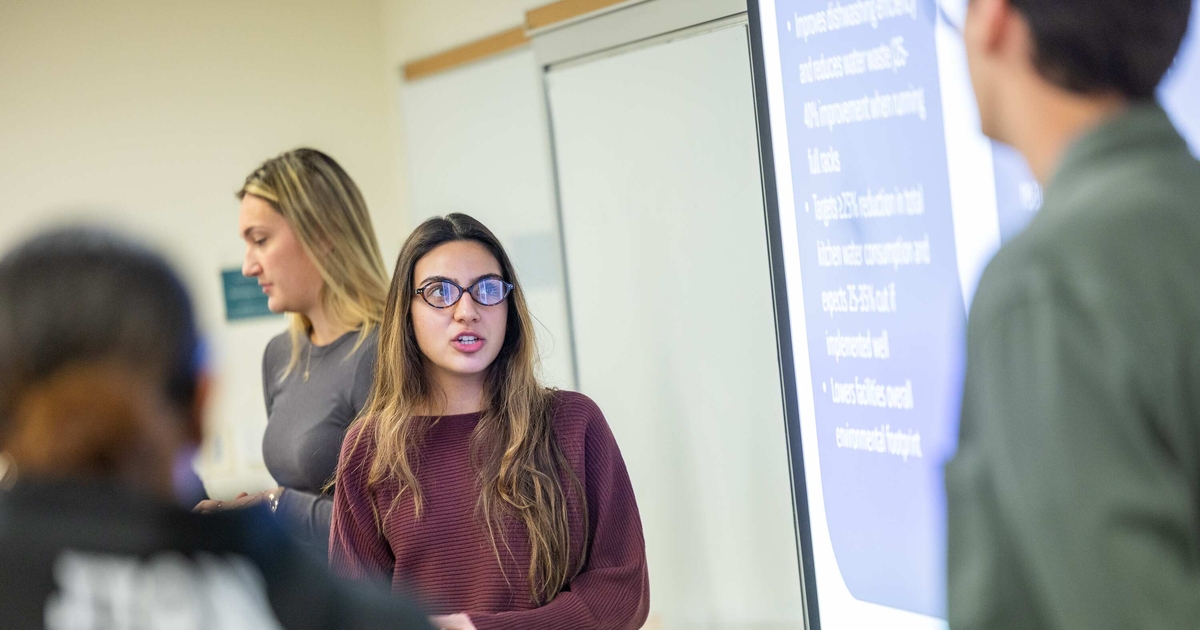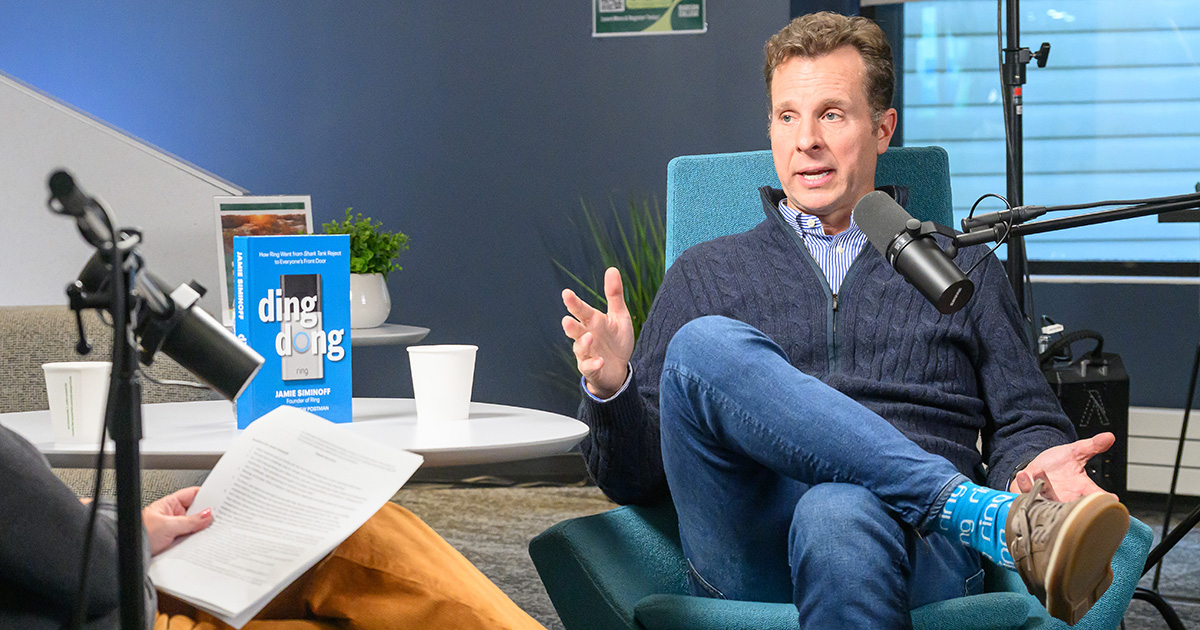Lessons for COVID-19 Revenue Recovery

Nearly six months into the COVID-19 crisis, economists are looking at the data, analyzing trends, and making predictions for the future.
One such economist? Babson Professor Lidija Polutnik, who has been teaching at Babson for nearly 30 years—mainly in the area of managerial economics, competitiveness, and pricing analysis.
“Today, there is more anxiety that is driving consumer sentiment. The amount of time people think the crisis will last is getting longer and longer in their minds,” said Polutnik, who looks at the relationship between a firm’s costs and their customers’ value.
Yet, for businesses, these answers point to volatility. And, to survive—and thrive—businesses must learn valuable lessons from the crisis, and not just rethink current models. They must audit and reassess everything from pricing, to demand, to supply chains, to IT and digital investments, to customer insights.
Polutnik offers valuable lessons for how companies can recover revenue—during and after the COVID-19 crisis—and shows how businesses have adjusted to the pandemic economy.
Adjusting to the Future
According to Polutnik, at the beginning of the COVID-19 crisis, people wondered if this was going to be a v-shaped recovery or a prolonged economic recovery. Now, we realize that this is going to take quite a bit of time.
Businesses now must have quality diagnostics in place, and those diagnostics need to evolve to keep up with the rapid pace of change. Likewise, forecasts change due to challenges to industries and spending habits by consumers, and therefore, forecasting needs to be dynamic because it is constantly changing.
“We are all operating under extraordinary circumstances that are most probably going to last more than a few weeks or a few months, and we need to identify some overarching lessons for the future,” said Polutnik.
The Importance of Digital
“COVID-19 is producing a big shock on the demand side of the market,” she continued.
This demand shock is leading to growth in subscriber-based models such as Netflix, Disney+, videoconferencing, gaming, media, and pharmaceuticals. And, it is threatening industries that are experiencing a significant drop in demand such as travel, hotels, and transport.
Likewise, businesses that had strong digital capabilities in place before the crisis are doing much better than businesses that didn’t.
Many small restaurants, for example, do not have online user-friendly menu capabilities. Whereas other businesses, such as car dealerships, have much more access to capital, they are more automated, they use software, and they use the internet. This has made a huge difference in their ability to stay relevant.
“Car dealerships for the most part have made the transition to digital—where you can schedule appointments with customers outside for example—faster than some other businesses,” said Polutnik.
Lessons for Survival
Today, businesses are adjusting by taking a closer look at their business model.
“A lot of businesses did not do this part. When COVID-19 happened it was a flood, an emergency, and it was management under duress,” said Polutnik.
Her advice? Businesses should not default to dropping prices during a crisis, and instead, should look inward.
“Avoid compromising the integrity of your pricing structure and value in the marketplace, by first doing some diagnostics.”
Babson Economics Professor Lidija Polutnik
“Avoid compromising the integrity of your pricing structure and value in the marketplace, by first doing some diagnostics,” said Polutnik.
For instance, she looks at what proportion of a company’s sales is based on digital sales that are not affected by new social distancing protocols. She wonders if the permanent changes in behavior may necessitate IT investments. And, she suggests that businesses must manage for now and the future and put resources toward both.
As it turns out, these are not new lessons.
Over the last 15 years, the internet provided the impetus for change from selling products to solution selling, and from cost-based pricing to value-based pricing.
Polutnik suggests a new sales model for building resilience by changing pricing models for recurring revenue. Examples include lower entry cost, with less risk for the customer, increasing customer trust and loyalty, and looking at ownership—whether a company should rent, own, or lease.
“These models are much more resilient to engage the customer at times of higher risk,” said Polutnik.
She also suggests building new and innovative business models.
“The new normal is all about volatility. You need to be in the state of preparedness, and your business model needs to be sufficiently resilient to deal with volatility,” she said.
Posted in Insights





